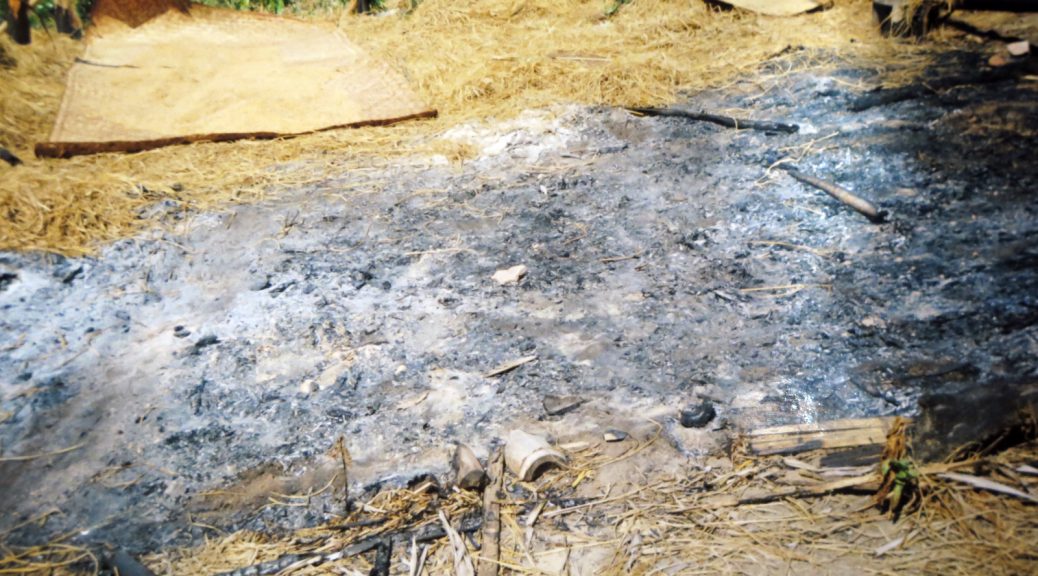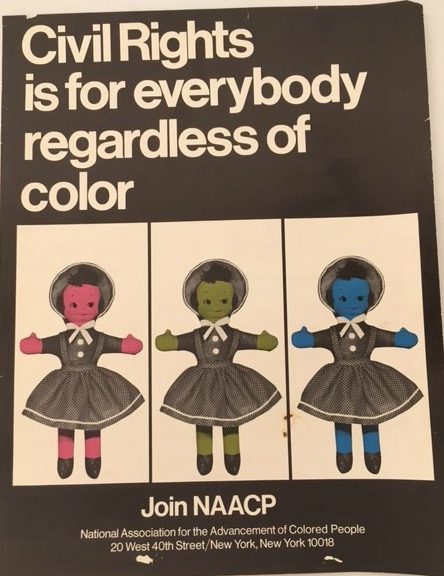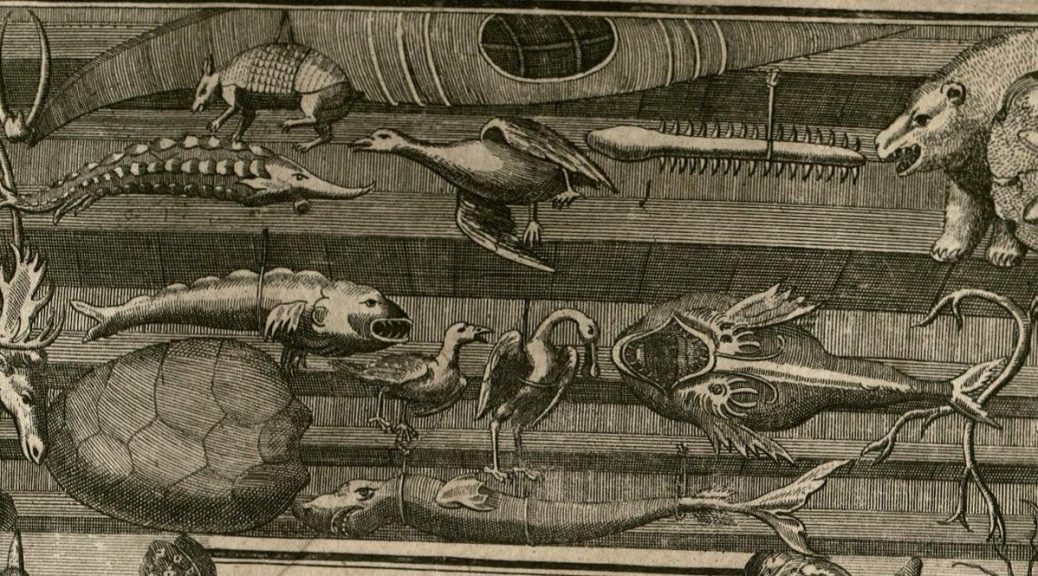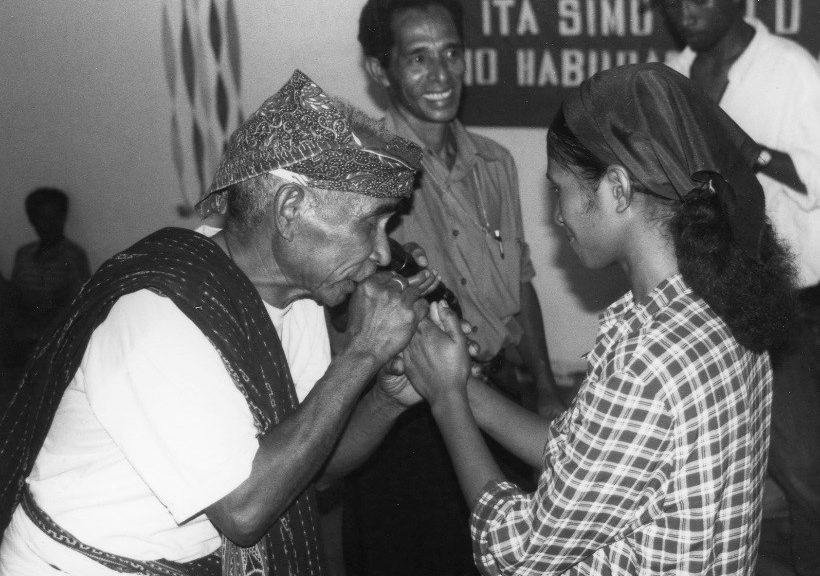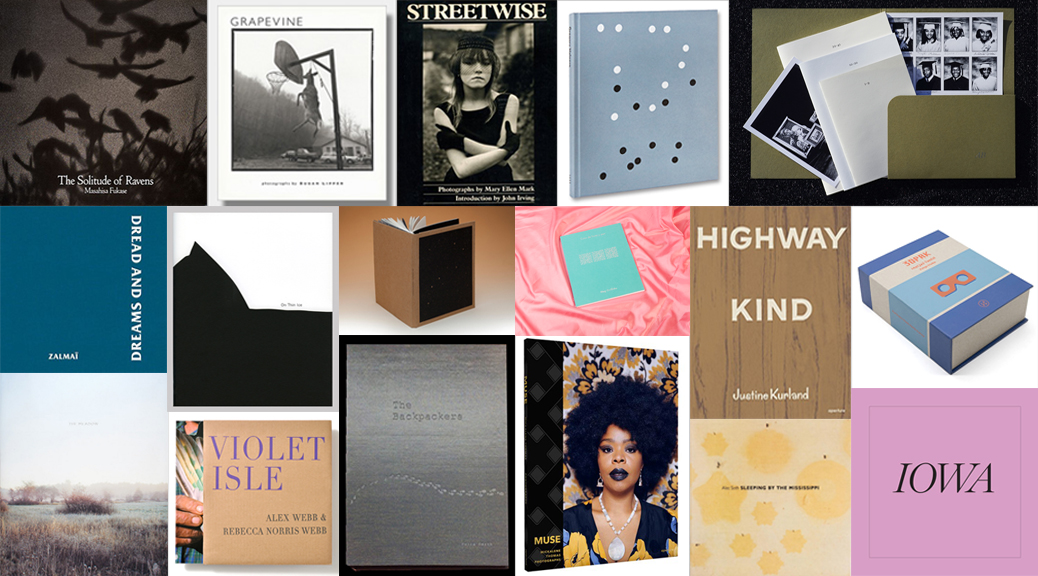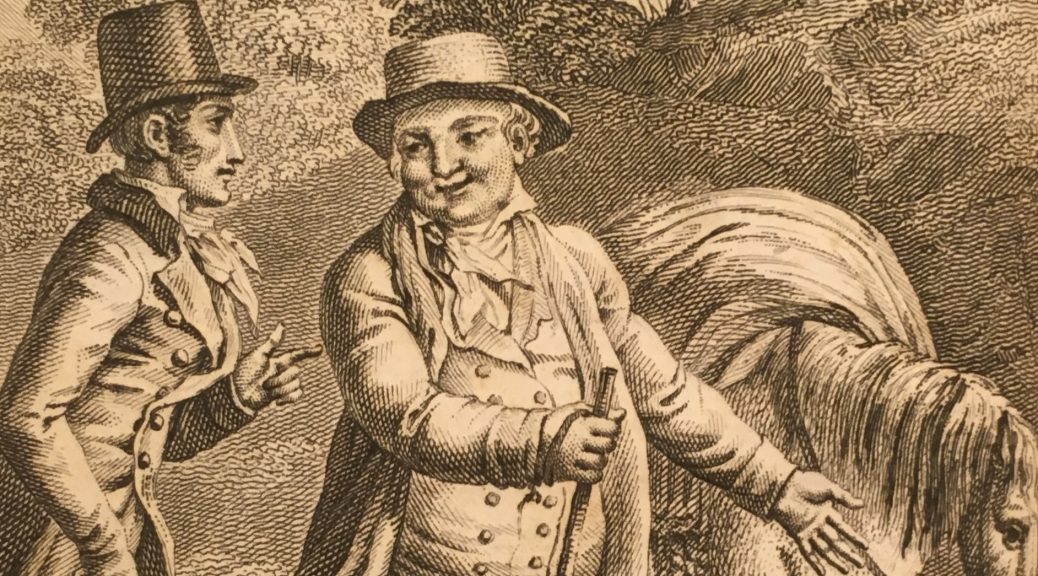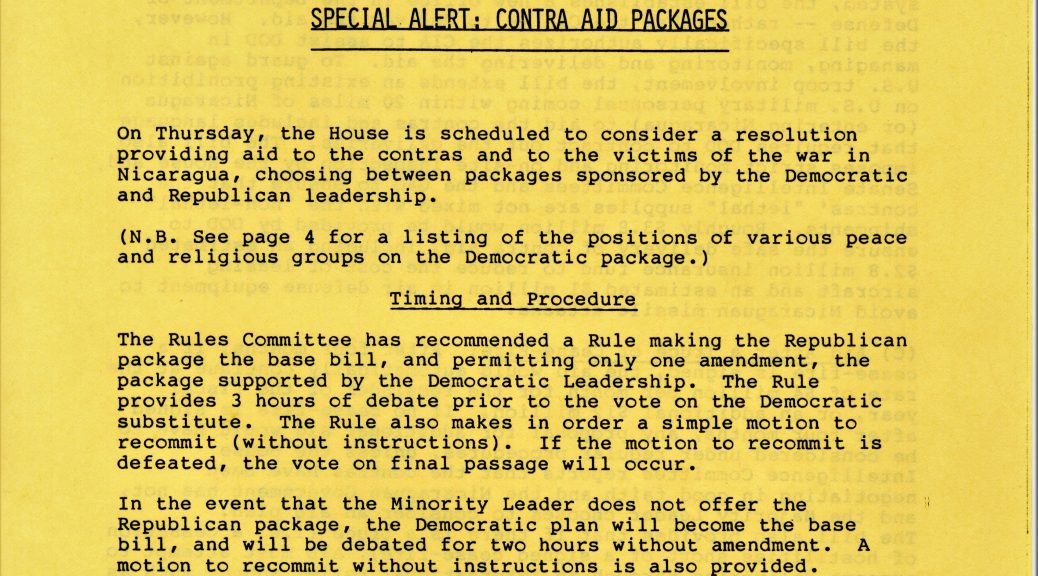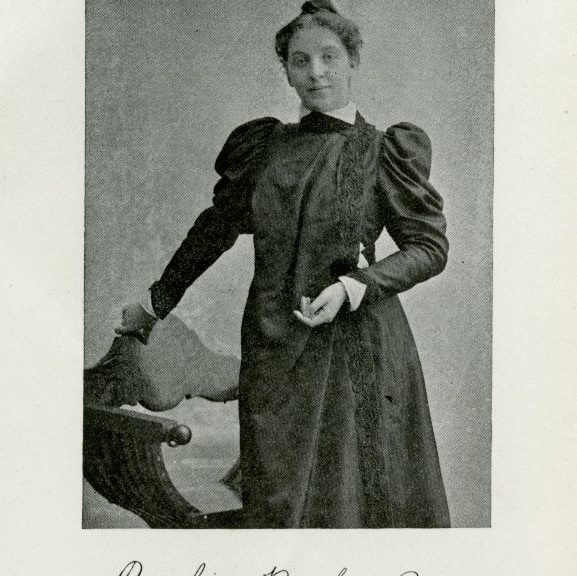Post contributed by Jonathan Johnson, Associate Professor in the Department of Art at Otterbein University, a recipient of a 2017 Marshall T. Meyer Research Travel Grant.
It was my pleasure to spend a week in the David M. Rubenstein Rare Book & Manuscript Library this summer engaging with photographs, documents and videos from Duke’s Human Rights Archive. I am in the pre-production phase of an experimental documentary film project that centers around the informal storytelling sessions between recent Southeast Asian immigrants that took place in my mother’s beauty shop in the 80’s and 90’s in St. Paul, Minnesota.

I was particularly interested in photographic prints from the International Monitor Institute Records (IMI) that documented human rights abuses in Southeast Asia, particularly in Burma (Myanmar). Many of these photographs were taken near the Thai border in refugee camps and temporary outposts of various branches of the Karen National Union that oppose the Burmese government. I intend to use these materials as aids to oral history interviews that I am conducting with my mother and others in this community that formed around her beauty shop.

As an artist that uses archives and primary source material (and also creates them), I start with a concept but remain open to the labyrinth experience that often occurs in the archive. For instance, when the random sequencing of photographic prints in an archival folder creates an unintended narrative through formal relationships (color, line, texture) and metaphor. In one case, the grid-like charred remains from a recently torched resistance army camp follows a wide landscape photo shot from a helicopter. The sense of scale and context meld into one another, the vast beautiful jungle landscape absorbing the physical and psychological terror of this conflict. As I storyboard my documentary, I am now thinking about how competing senses of scale and vantage point might stand in as visual representations of the fragmented reflections and narratives that are contained in the oral history interviews that I’m making.
This is just one of many examples of when creative research, chance and intuition intersected during my time in the Rubenstein Library. For an artist, this is the most rewarding experience of working in the archive.


